The enduring allure of Jaeger-LeCoultre's Reverso
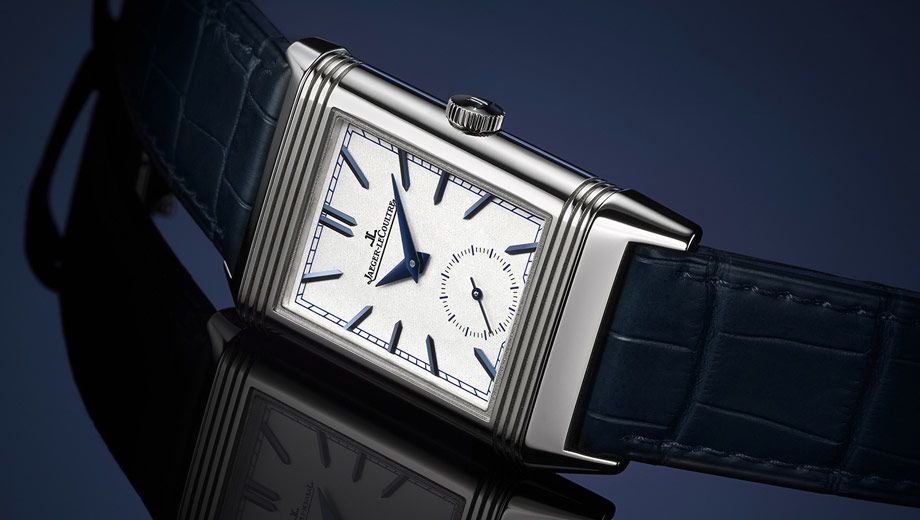
In an increasingly crowded world of watches – brash new brands, bold new skews, reinterpretations of classic models – Jaeger-LeCoultre’s Reverso is the quintessential quality timepiece.
The Reverso began life in the early 1930s, created initially to meet the challenges of withstanding the brute force of a full-blown polo match played between the British Army officers in India.
With the innate ability to be “reversed” – the watch's face flipped over to avoid damage during the game – the Reverso’s appeal grew over the years from a functional perspective to one that is now based on affection, if not sheer adoration, and the unique story behind a watch borne out of necessity.
The purity of the Reverso shines through in every piece of the longstanding collection.
From the complicated Reverso Tribute Gyrotourbillon and the masterful Reverso Tribute Tourbillon to the minimalist Reverso Classic, the distinct rectangular case and art-deco style of the timepiece is one literally for the ages.
Not just a pretty face, or even two
One of my favourite versions of Jaeger-LeCoultre’s most charismatic timepieces is the Reverso Classic Medium Duoface Small Seconds.
Presented in a very conservative stainless-steel case, the Classic Medium Duoface Small Seconds has two very distinct and very functional dials. The front dial features a guilloché-patterned finish atop its silvered dial and Arabic numerals, whilst the back dial has a black, Clous de Paris guilloche dial and baton hour-markers.
Adding to its appeal, both dials of the Reverso Classic Medium Duoface Small Seconds has some pretty useful functionality.
The front side displays the passing hours and minutes in the centre stack of bâton hands, along with the passing seconds displayed in the sub-dial register at the bottom of the dial.
The back dial features a second timezone display, along with a 24-hour day/night indicator, displaying whether it is night or day in the home country.
There is an enormous amount of detail throughout the Reverso Classic Medium Duoface Small Seconds, evident on both dials as well as on the stainless-steel case.
The front dial features a bunch of textural differences with strong appeal to my micro-lust, while the black dial is a subtler affair, again featuring different textures and finishes, but on the whole presenting itself far more discreetly.
Aesthetically, the Reverso Classic Medium Duoface Small Seconds is divine, and from a mechanical standpoint it's just as faultless. The single manually-wound movement comprises only 160-components ticking along, yet providing you with an enormous amount of useful information.
Watches are not made in the same vein as they may have been decades ago, but the Reverso Classic Medium Duoface Small Seconds continues to express its own pragmatic and purposeful values from what is arguably watchmaking’s finest atelier.
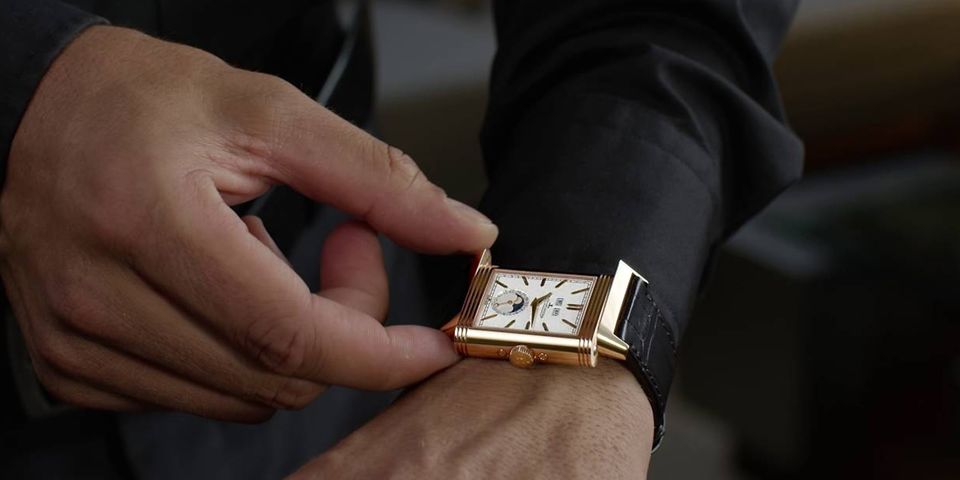
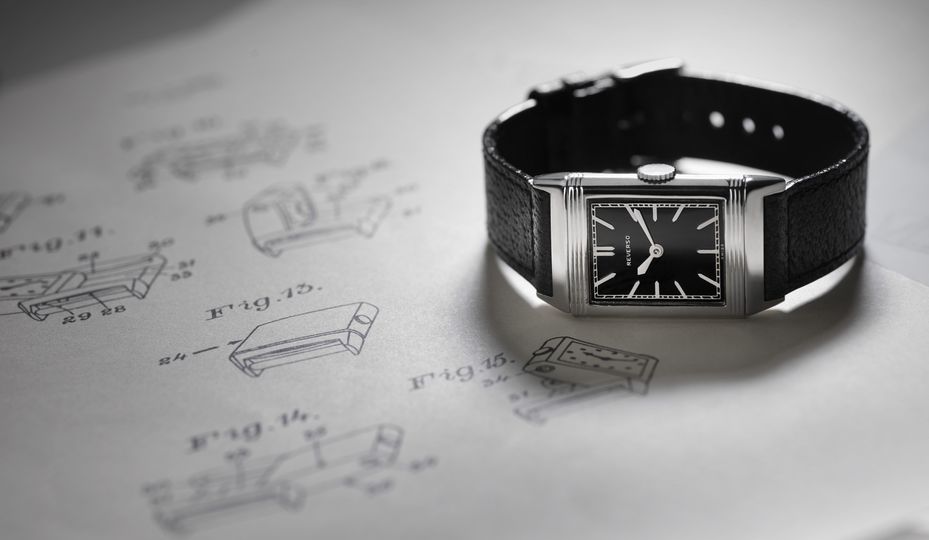
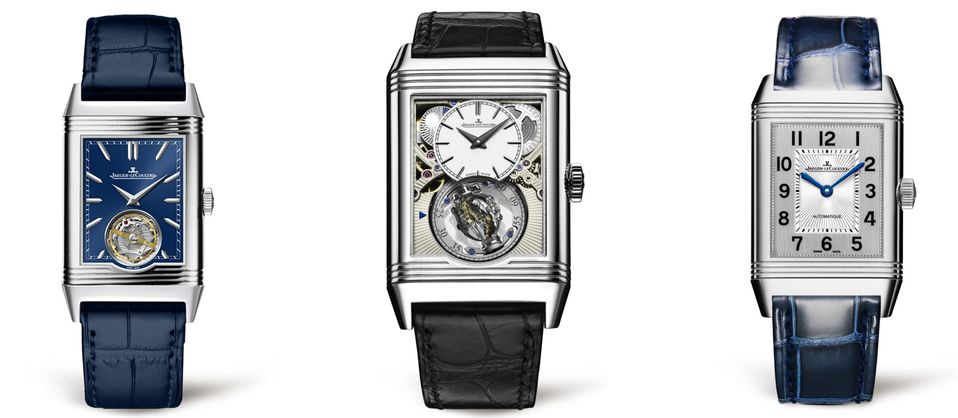
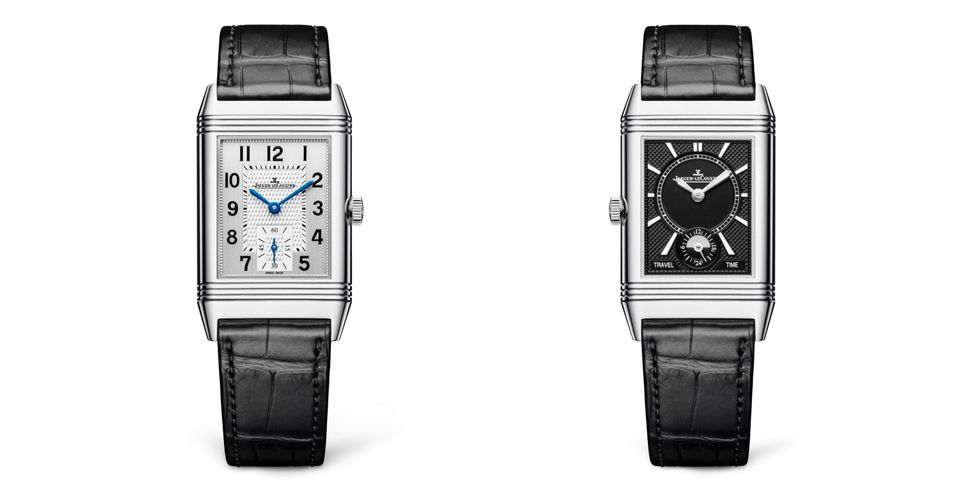


21 Apr 2017
Total posts 51
Thanks: a great review of a terrific watch! Am interested to know which is the model in the photo second from the top of the review (black dial)?
CX
05 Jun 2012
Total posts 127
Dmitri, you are a man of taste!
Singapore Airlines - The PPS Club
20 Apr 2015
Total posts 34
I've always admired JLC's Reverso line and consider it to be under the radar and great value for money (if there is such a thing for luxury watches). But I would recommend trying it on before buying. I so wanted to purchase one but the rectangular shape just did not fit my wrist and looked odd.
Hi Guest, join in the discussion on The enduring allure of Jaeger-LeCoultre's Reverso